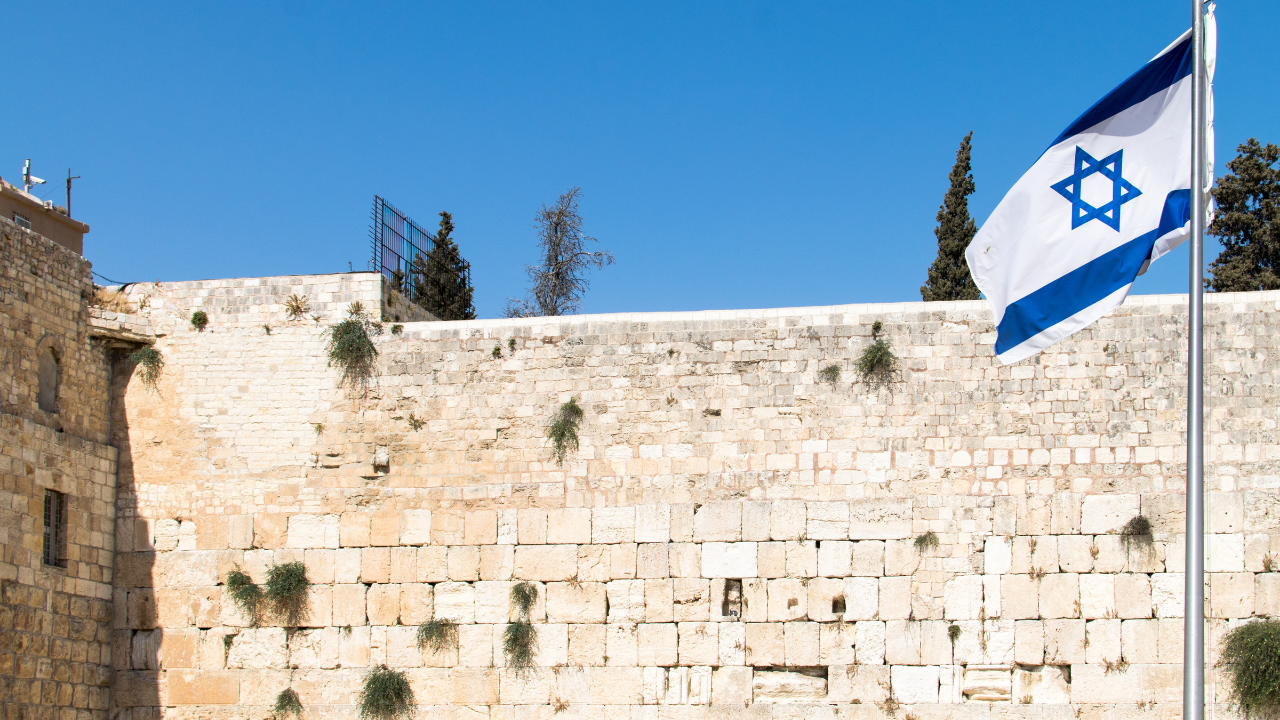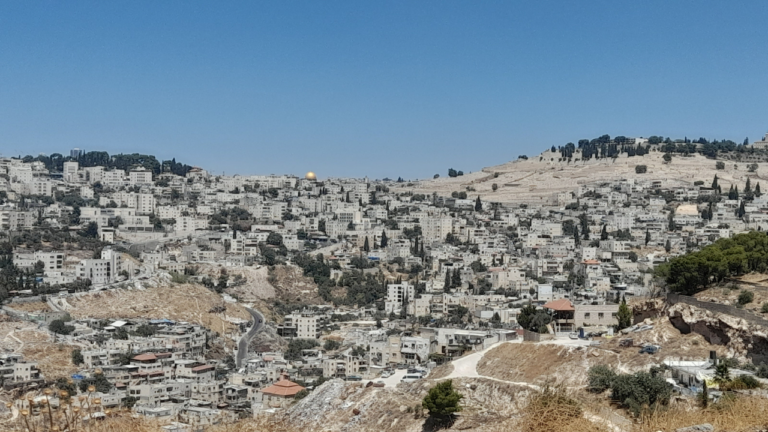Ironclad Jerusalem
The fast day of the 10th of Tevet memorializes the siege of Yerushalayim. This was the first step in a long process which after months of fighting eventually led to the destruction of the first Beit HaMikdash – an event from which the Jewish people have not yet fully recovered. In many ways, this siege is the beginning of the downfall of the Jewish people.
In far away Bavel, Yechezkel receives a prophecy to symbolically enact a siege on Yerushalayim. God commands him to engrave the form of Yerushalayim onto a brick and then:
And you shall lay siege upon it … And you shall take yourself an iron skillet and make it an iron wall between you and the city and direct your face toward it, and it will be in the siege and you shall besiege it; that is a sign to the house of Israel.
The iron pan represents the wall which separates the siege by separating Yechezkel on one side of the pan from the city-brick which is on the other side of the pan. What is the meaning of this iron pan?
The Lubavitcher Rebbe explains that God wanted specifically iron to be used since this metal represents the opposite of the Beit HaMikdash. The Torah itself tells us that iron cannot be used for the altar. Later, we read that Shlomo ensured that no iron would be used in the building process of the Beit HaMikdash at all. The Midrash explains that the Beit HaMikdash was built to bring piece between the Jewish people and their Father in heaven and iron represents warfare and violence. Thus, Yechezkel using iron to represent the siege indicates that Yerushalayim and the Beit HaMikdash were about to be pierced by their antitheses.
However, within this painful symbolism is a ray of hope. The Talmud teaches that Torah scholars must be “tough as iron.” The reason for this is that they must be firm, steadfast and unwavering. A Torah scholar who is malleable to the wiles of people and whims of the times cannot properly lead and teach the people.
The Rebbe explained that embedded in this symbolism of iron is the secret of Jewish survival throughout the long exile that ensued from the 10th of Tevet. Yes, Yerushalayim is besieged. Yes, it seems like the beginning of the end. But the Jewish people will never give up hope. No matter the situation, they will continue to stubbornly and firmly retain their beliefs and convictions. So even as Yechezkel’s iron wall is the worst possible image for Yerushalyim, it also contains the secret of Jewish survival and hope. It is no coincidence that the events and messages of the 10th of Tevet revolve around Yerushalyim. The beginning of the long exile begins with a violent attack on the walls of our holy city. But simultaneously, nothing represents the Jewish people’s tenacity, steadfastness and stubbornness more than an iron wall of Yerushalayim. Yerushalayim has been the object of our dreams and aspirations for millennium, in the face of a world that has tried to steal it from us. Our connection to our city is ironclad.



